What is BIL
The Bipartisan Infrastructure Law, signed by President Biden at the end of 2021, will serve as an investment into the nation’s infrastructure, competitiveness and communities. $550 billion in new Federal investment will be distributed over fiscal year 2022 through 2026 to help rehabilitate the roadway across the country to make them safer for vulnerable road users.
The Bipartisan Infrastructure Law: What You Need to Know
What is the BIL
The Bipartisan Infrastructure Law (BIL) was signed by President Biden on November 15th, 2021 to serve as an investment into the nation’s infrastructure, competitiveness and communities. The BIL, also known as the “Infrastructure Investment and Jobs Act,” is unparalleled, becoming the largest long-term investment in infrastructure and economy in our nation’s history. Over fiscal years 2022 through 2026, $550 billion in new Federal investment will help rebuild America’s roads, bridges, mass transit, water infrastructure and rail systems to improve our supply chains, ease inflationary pressures and create well-paying union jobs.
In the United States, one in five miles, or 173,000 total miles, of our highways and major roads are in poor condition. This funding is going to make an impact by providing the resources to rehabilitate the roadways to make them safer for vulnerable road users. Vulnerable road users (VRUs)are those that are most at risk in traffic, mainly people that are unprotected by an outside shield such as pedestrians and two-wheel drivers. The risk of a serious injury or fatality is significantly higher in the case of collision and VRUs need protection. Within this group, the elderly, the disabled, children and roadworkers are even more vulnerable.
The funding will lead to an increased number of road construction projects across the country and in turn lead to a higher number of construction zone workers out on the roads. Even prior to the introduction of the BIL, the number of fatal road traffic crashes has been increasing every year. In 2021, 60% of highway contractors reported crashes into their construction work zones. Projections only show this number to continue to rise; therefore, something needs to be done to protect vulnerable road users from the everyday dangers of motor vehicles.
Within the BIL, $350.8 billion will be going towards highway programs, with a focus on bridge rehabilitation, reducing carbon emissions, increasing system resilience, connecting communities and improving mobility and access to economic opportunity. Ninety percent will be in Contract Authority from the Highway Trust Fund, which is a form of Budget Authority that allows obligations to be made in advance of appropriations. The other ten percent will be allocated from the General Fund for Highway Infrastructure Programs (HIP).
The BIL sets out to not only fund the repair of our roadways and bridges, but to protect the construction workers who will be implementing these improvements and the individuals who will be using the roads after them.
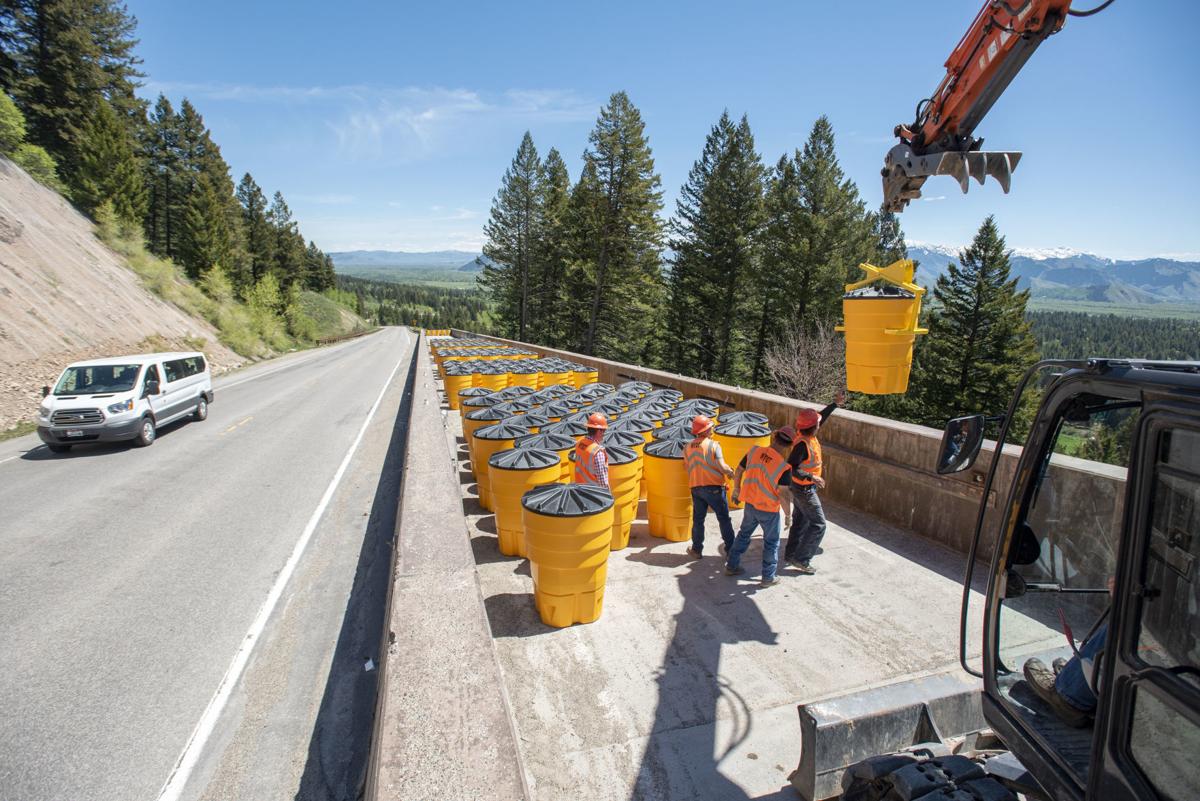
What is the Highway Safe Improvement Program
The United States Department of Transportation (USDOT) and the Federal Highway Administration (FHWA) have made it their mission to “ensure America has the safest transportation system in the world” and are striving for zero roadway fatalities. Currently, traffic fatalities in the United States are continuously increasing, they rose by nine percent from 2010 to 2019. For 2019, it averaged out to around 99 people dying on roads every single day of the year. The Highway Safety Improvement Program’s (HSIP) goal is to significantly reduce the number of traffic fatalities and serious injuries occurring on public roads by implementing proactive safety measures to protect vulnerable road users and lessen the impact of accidents when they do occur.
As part of their efforts to improve highway safety, the HSIP is integrating the Safe System Approach. The Safe System approach recognizes the vulnerabilities of the human body and takes them into account when designing a transportation network. They identify five elements that when integrated, create a safe system: safe road users, safe vehicles, safe speeds, safe roads and post-crash care.
With the significant increase in HSIP funding coming from the BIL, states will be better equipped to protect motorists, pedestrians and road workers. The FHWA is committed to assisting states invest the HSIP funds to advance safety improvement projects that will greatly reduce the fatalities and serious injuries occurring on our roadways. Transportation must be reimagined in a way that acknowledges human errors, anticipating mistakes so that we can lessen the impact and severity of automotive crashes. By looking at a project wholistically, starting from planning, all the way through maintenance and operations, proactive measures can be taken by identifying safety risks in the system and building protection layers in case of system failure.
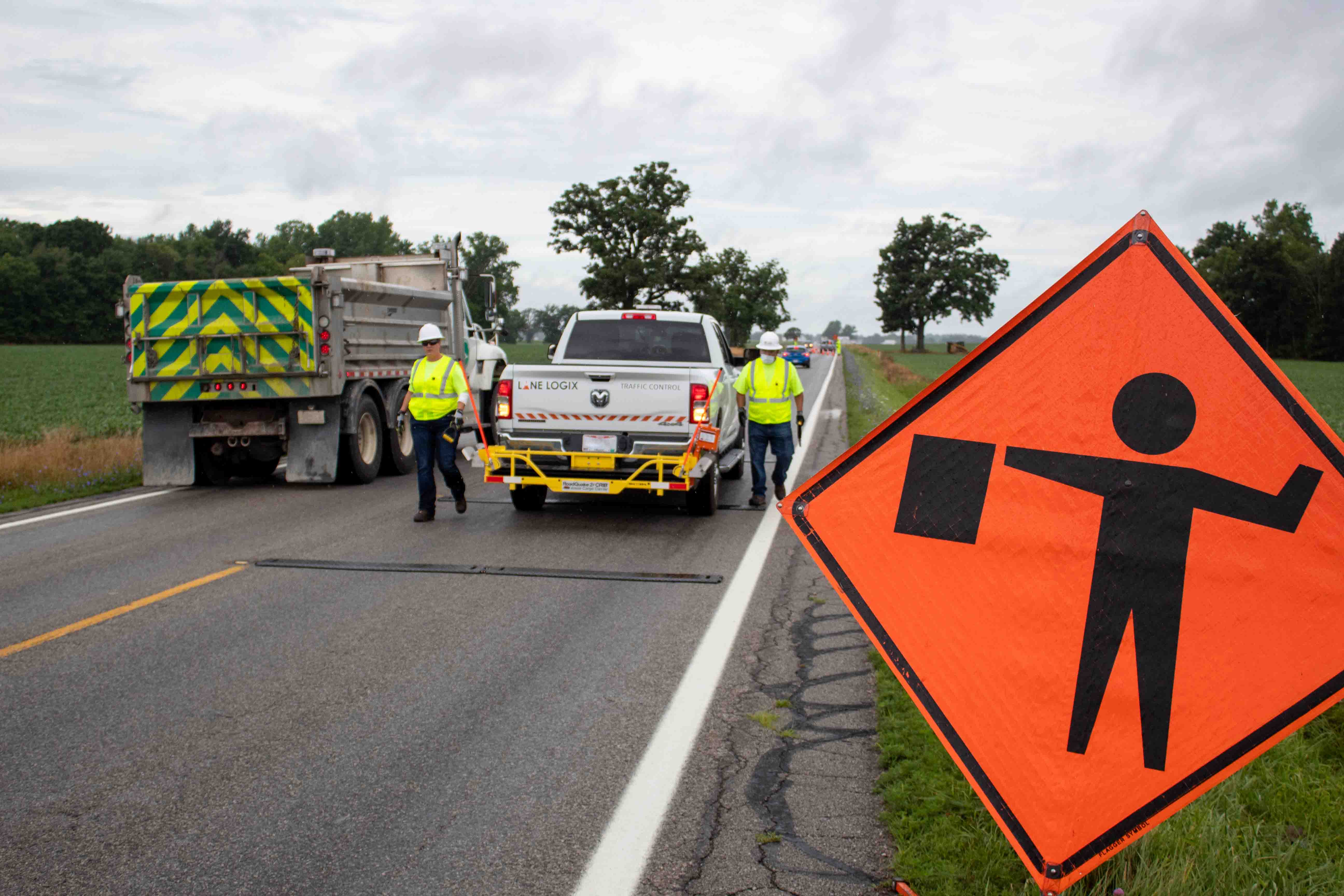
What to Know
Typically, Federal share is 90 percent for highway safety improvement projects funded by HSIP, but due to an amendment in the BIL, under certain provisions, States can work with local governments to cover 100 percent of the projects when combing HSIP and funds reserved for transportation alternatives projects. This can include addressing the safety of pathways or trails used by bicyclists and pedestrians.
HSIP identifies projects by using a data-driven process, such as crash rate, crash experience and crash potential. Starting from identifying the problem, using site analysis methods, States should then find countermeasures that thoroughly address the problem. Projects that maximize HSIP performance, taking into account potential decrease in fatalities and injuries and cost effectiveness, should be prioritized. Finally, projects, countermeasures and programs should be evaluated to calculate their overall effectiveness and ability to reach safety goals.
The primary focus is to solve issues in our infrastructure, but the BIL allows States to spend up to ten percent of their HSIP apportionment on certain safety projects each fiscal year. Safety projects must be authorized by FHWA’s Financial Management Information System and can include projects that promote the public’s awareness of highway safety, conduct safety-related research or facilitate the enforcement of traffic safety laws.
These funds will soon be made available to the States, requiring an accurate understanding of how to access these funds, apply for further grants and what projects the investment can go towards and we at PSS are here to help by providing you resources as funds are being distributed.
Related Articles
-
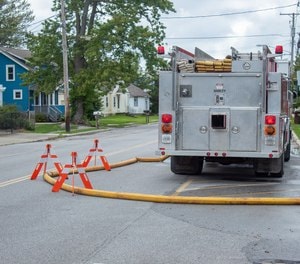 The Traffic Safety Cone Has Been In Use For Decades – Here's How It Got Reinvented
The Traffic Safety Cone Has Been In Use For Decades – Here's How It Got Reinvented -
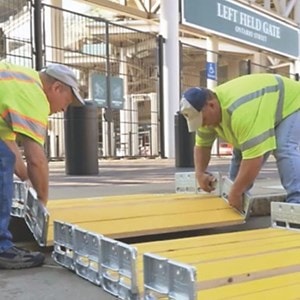 4 Ways a Portable Pedestrian Ramp Makes the Community more Accessible
4 Ways a Portable Pedestrian Ramp Makes the Community more AccessibleEveryone wants a more accessible community. But the reality is that all communities have unique obstacles that create barriers for those who do not have the same mobility abilities as others. For exam...
-
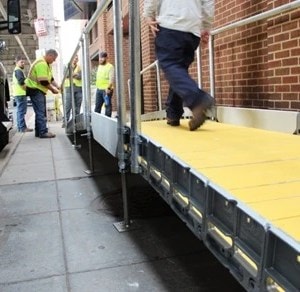 INNOVATIVE RAMP PROVIDES ACCESSIBILITY TO SIDEWALK OBSTRUCTION IN D.C. WORK ZONE
INNOVATIVE RAMP PROVIDES ACCESSIBILITY TO SIDEWALK OBSTRUCTION IN D.C. WORK ZONEA residential building in an area with heavy foot traffic needed maintenance, but the tools and machinery needed for the project created a tripping hazard. Closing the sidewalk was not an option so PS...